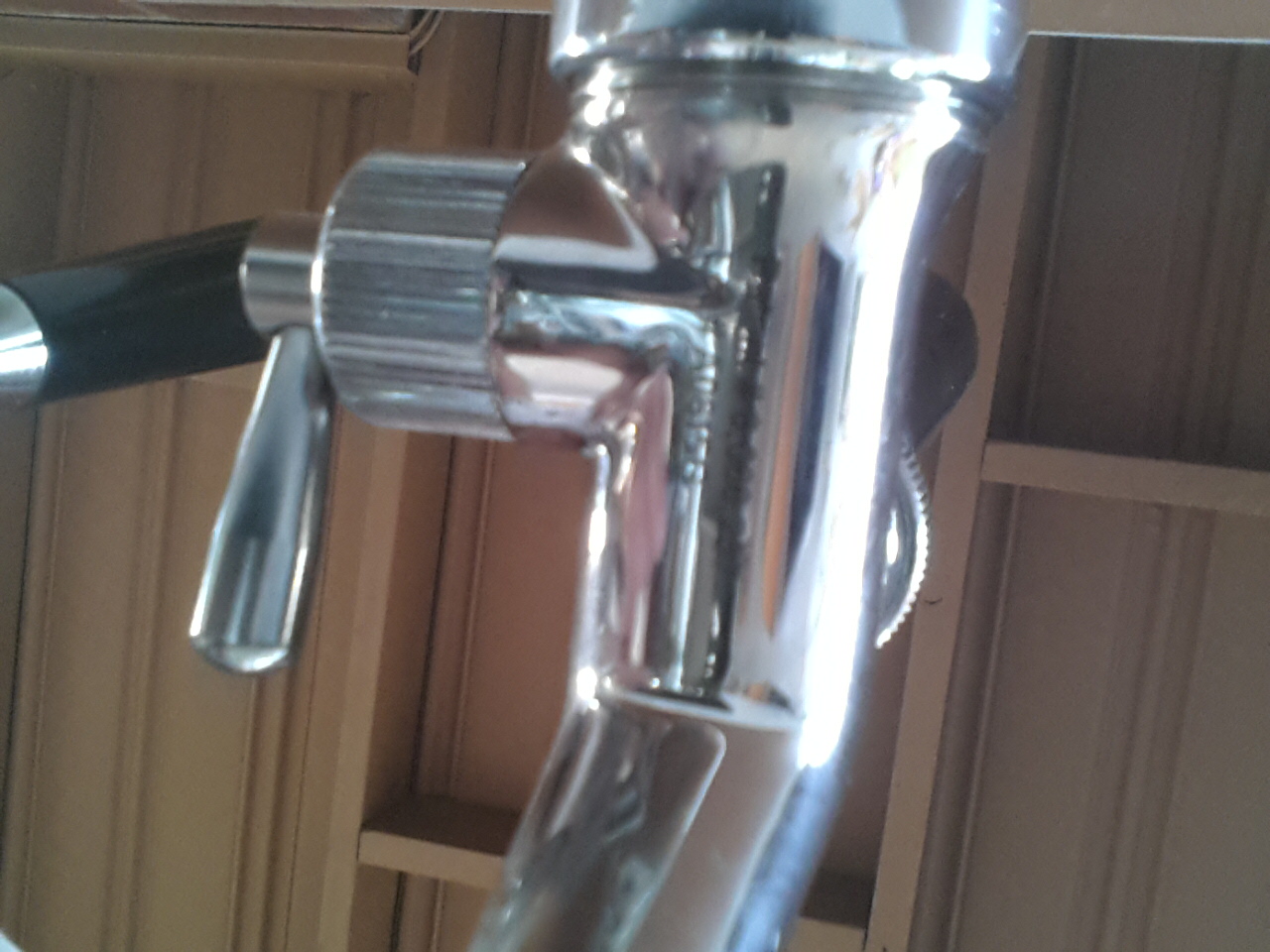I agree with those who posit that the sulfur issue is due to using the flow control to shut off the faucet, creating a partial air pocket between the flow control and the lever.
I recently started using three 650ss, and I get the sulfury thing on my ales after overnight when using the flow control as a shut-off valve. When I don't do that, I don't get the sulfur. Kinda sucks really, because it just about negates half the reason I bought these faucets, so that I could simply and elegantly shut off the faucets against my animals accidentally knocking the handles forward.
Yeah, there seems to be a lot of confusion running around about what those handles are for. They were never, ever supposed to be used to shut off the beer flow. They are for fine tuning your flow after getting reasonably close with line balancing, to get the right head on your pour.
That said, you should be able to get what you're after if you close the tap handle first and then close the flow control. As long as the inside area stays full of beer (or cider or whatever) you should be fine.
Yes, the tap will still contain a small amount of beer that could be released. Nothing a drip tray shouldn't be able to handle. If that happens, close the tap handle, open the flow control, pour a taster to flush out the air bubbles,, close the tap, and close the flow valve again.
And most importantly, if you have cats that like to turn on your beer faucets, make sure you post videos!
(Other half being for good slow bottle or growler fills, which I have not yet investigated, and may yet be the "saving grace" on these things).
I somewhat doubt this would be a success, unless your lines and pressure are already tuned for a slow-ish flow to start with. If you significantly choke off the flow close to the exit, you're going to get foam. That's how stout taps work.
I'm going to have to come up with a different "locking" system, or just disconnect the lines at the kegs when not using...either of which is going to be a huge inconvenience.
Or get ball valves on the line just behind the taps. You may even be able to find electrical ones that don't require opening anything, just flipping a switch. (Which could be a keyhole switch, if you're worried about smart pets learning to flip it.)
Another knock on the 650ss: the flow control valve at the rear of the faucet clogs readily if you have any hop debris in your beer. If I don't rack perfectly cleanly out of my fermenter, I have to blow the first 1/2 pint off with a picnic tap before hooking up to the beer line in the keezer in order to avoid clogging. Not that big a deal, but does have me wondering again if I made the right choice of faucet.
Not sure what to say about that, but when I had my tap open for cleaning the openings did not look small enough to clog from any of the sediment I'm accustomed to dealing with. Anything that would get stuck in the holes of the flow control in its normal range of operation would also be a problem for any tap.
Did you balance your lines to the point that they would pour reasonably close to the right rate if you were not using flow control faucets? Because if you are like many others and are just connecting a short line and trying to let the faucet do the work, you're probably having to almost shut the flow valve to get your pour correct, and that
would leave you with a small enough opening for your typical small particles of yeast and hops to get stuck.
If you have large pieces of flotsam floating around in your beer at kegging time (and the usual cold crashing / careful handling doesn't help) then you could pour through a sanitized cheesecloth into the keg. Just prime the keg with CO2 to avoid oxidation. Anything that makes it through a few folds of cloth should be small enough to not cause problems, and it shouldn't take out any of the sediment responsible for desirable flavors like I've heard some people say about gelatin.





